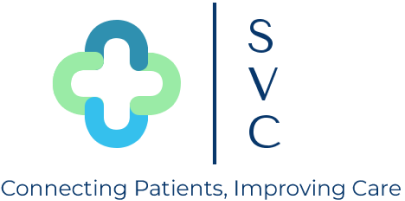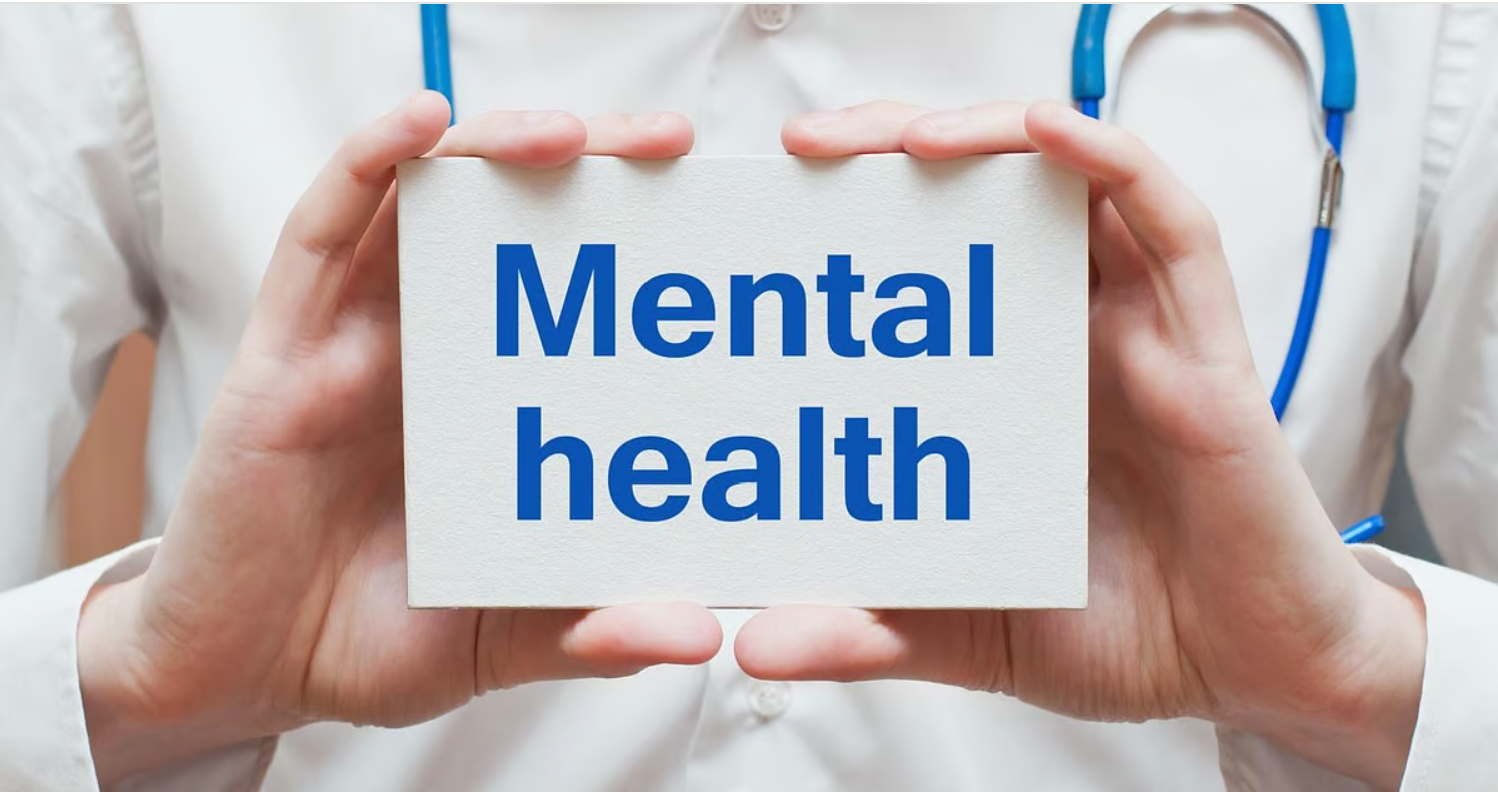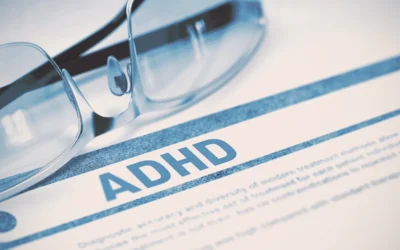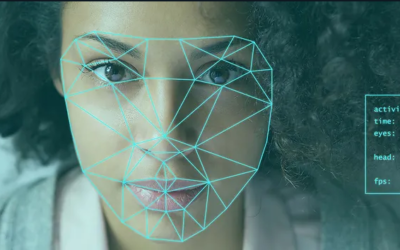What is Mental Health?
Mental health is a state of mental well-being that enables people to cope with the stresses of life, realize their abilities, learn well and work well, and contribute to their community. It has intrinsic and instrumental value and is integral to our well-being.At any one time, a diverse set of individual, family, community and structural factors may combine to protect or undermine mental health. Although most people are resilient, people who are exposed to adverse circumstances – including poverty, violence, disability and inequality – are at higher risk of developing a mental health condition.Many mental health conditions can be effectively treated at relatively low cost, yet health systems remain significantly under-resourced and treatment gaps are wide all over the world. Mental health care is often poor in quality when delivered. People with mental health conditions often also experience stigma, discrimination and human rights violations.
Any Mental Illness
Any mental illness (AMI) is defined as a mental, behavioral, or emotional disorder. AMI can vary in impact, ranging from no impairment to mild, moderate, and even severe impairment (e.g., individuals with serious mental illness as defined below).
Serious Mental Illness
Serious mental illness (SMI) is defined as a mental, behavioral, or emotional disorder resulting in serious functional impairment, which substantially interferes with or limits one or more major life activities. The burden of mental illnesses is particularly concentrated among those who experience disability due to SMI.
Prevalence of Any Mental Illness (AMI)
Figure 1 shows the past year prevalence of AMI among U.S. adults.
-
- In 2022, there were an estimated 59.3 million adults aged 18 or older in the United States with AMI. This number represented 23.1% of all U.S. adults.
- The observed prevalence of AMI was higher among females (26.4%) than males (19.7%).
- Young adults aged 18-25 years had the highest prevalence of AMI (36.2%) compared to adults aged 26-49 years (29.4%) and aged 50 and older (13.9%).
- The prevalence of AMI was highest among the adults reporting two or more races (35.2%), followed by White adults (24.6%). The prevalence of AMI was lowest among Asian adults (16.8%).

Figure 1
Why is mental health important?
Mental health is important because it can help you to:
- Cope with the stresses of life
- Be physically healthy
- Have good relationships
- Make meaningful contributions to your community
- Work productively
- Realize your full potential
How can I improve my mental health?
There are many different things you can do to improve your mental health, including:
- Staying positive. It’s important to try to have a positive outlook; some ways to do that include:
- Finding balance between positive and negative emotions. Staying positive doesn’t mean that you never feel negative emotions, such as sadness or anger. You need to feel them so that you can move through difficult situations. They can help you to respond to a problem. But you don’t want those emotions to take over. For example, it’s not helpful to keep thinking about bad things that happened in the past or worry too much about the future.
- Trying to hold on to the positive emotions when you have them
- Taking a break from negative information. Know when to stop watching or reading the news. Use social media to reach out for support and feel connected to others but be careful. Don’t fall for rumors, get into arguments, or negatively compare your life to others.
- Practicing gratitude, which means being thankful for the good things in your life. It’s helpful to do this every day, either by thinking about what you are grateful for or writing it down in a journal. These can be big things, such as the support you have from loved ones, or little things, such as enjoying a nice meal. It’s important to allow yourself a moment to enjoy the positive experience. Practicing gratitude can help you to see your life differently. For example, when you are stressed, you may not notice that there are also moments when you have some positive emotions. Gratitude can help you to recognize them.
- Taking care of your physical health, since your physical and mental health are connected. Some ways to take care of your physical health include:
- Being Physically active. Exercise can reduce feelings of stress and depression and improve your mood.
- Sleep affects your mood. If you don’t get a good sleep, you may become more easily annoyed and angry. Over the long term, a lack of quality sleep can make you more likely to become depressed. So it’s important to make sure that you have a regular sleep schedule and get enough quality sleep every night.
- Good nutrition will help you feel better physically but could also improve your mood and decrease anxiety and stress. Also, not having enough of certain nutrients may contribute to some mental illnesses.
- Connecting with others. Humans are social creatures, and it’s important to have strong, healthy relationships with others. Having good social support may help protect you against the harms of stress. It is also good to have different types of connections. Besides connecting with family and friends, you could find ways to get involved with your community or neighborhood. For example, you could volunteer for a local organization or join a group that is focused on a hobby you enjoy.
- Developing a sense of meaning and purpose in life. This could be through your job, volunteering, learning new skills, or exploring your spirituality.
- Developing coping skills, which are methods you use to deal with stressful situations. They may help you face a problem, take action, be flexible, and not easily give up in solving it.
- Meditation, which is a mind and body practice where you learn to focus your attention and awareness. There are many types, including mindfulness meditation and transcendental meditation. Meditation usually involves:
- A quiet location with as few distractions as possible
- A specific, comfortable posture. This could be sitting, lying down, walking, or another position.
- A focus of attention, such as a specially chosen word or set of words, an object, or your breathing
- An open attitude, where you try to let distractions come and go naturally without judging them
- Relaxation techniques are practices you do to produce your body’s natural relaxation response. This slows down your breathing, lowers your blood pressure, and reduces muscle tension and stress. Types of relaxation techniques include:
- Progressive relaxation, where you tighten and relax different muscle groups, sometimes while using mental imagery or breathing exercises
- Guided imagery, where you learn to focus on positive images in your mind, to help you feel more relaxed and focused
- Biofeedback, where you use electronic devices to learn to control certain body functions, such as breathing, heart rate, and muscle tension
- Self-hypnosis, where the goal is to get yourself into a relaxed, trance-like state when you hear a certain suggestion or see a specific cue
- Deep breathing exercises, which involve focusing on taking slow, deep, even breaths
- How does Collaboration between prescribing physicians and psychotherapists work in mental health care work?
- Patients treated with medication and psychotherapy for a psychiatric disorder may be treated by a single clinician, typically a psychiatrist, or by two clinicians, one prescribing medication and the other providing psychotherapy. Provision of the two modalities by two clinicians is often referred to as “split” treatment, while provision by one clinician is described as “integrated” care.
- The prevalence of split mental health care appears to have risen in recent decades. Potential hazards of split treatment can occur when psychotherapy and pharmacotherapy are not well coordinated. They can be avoided if the prescribing physician and the psychotherapist proactively communicate with one another and establish procedures to support an effective collaboration. There are no data from clinical trials comparing the quality or outcomes of care between split versus integrated treatment.



